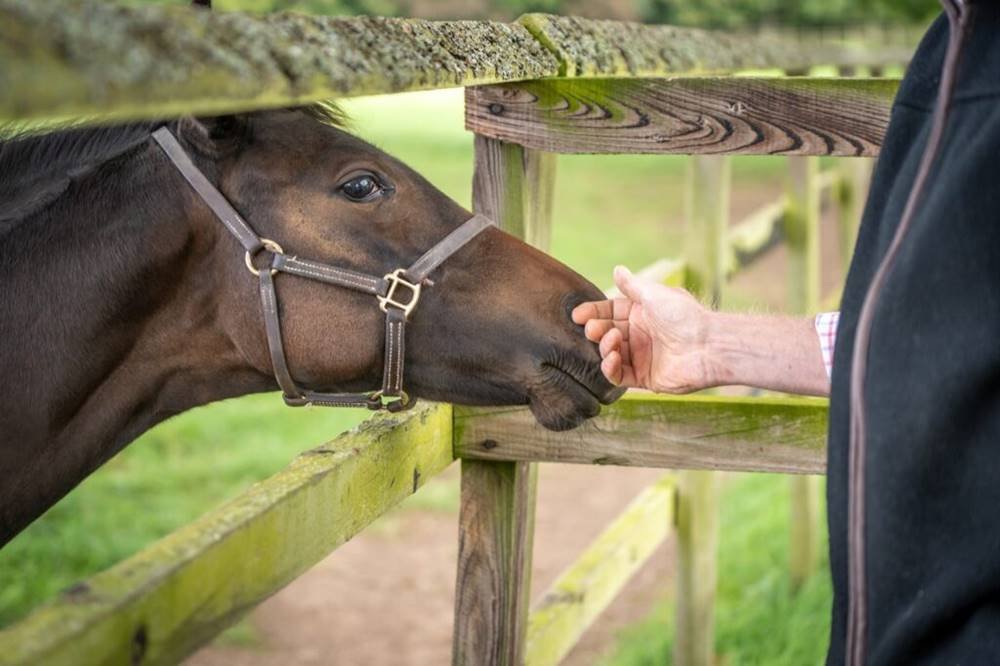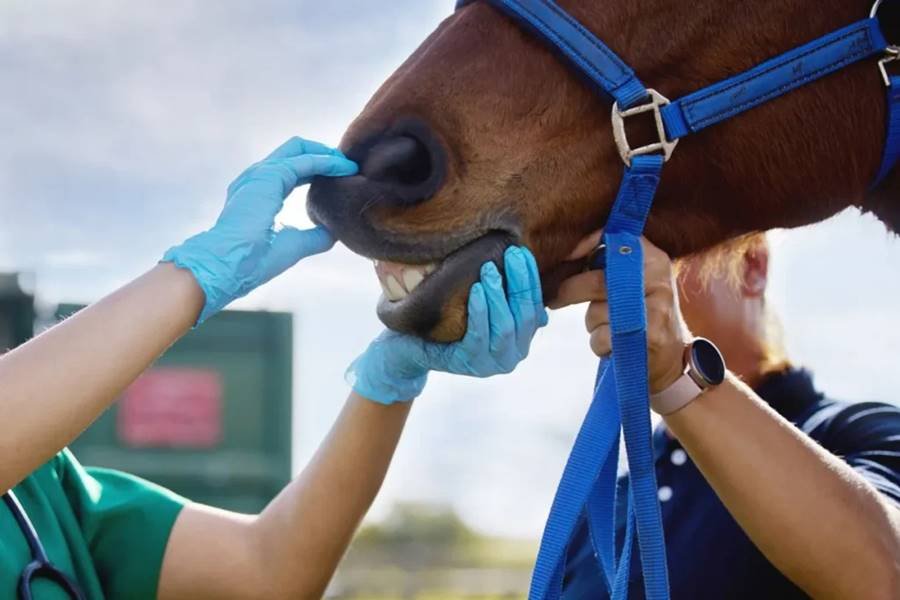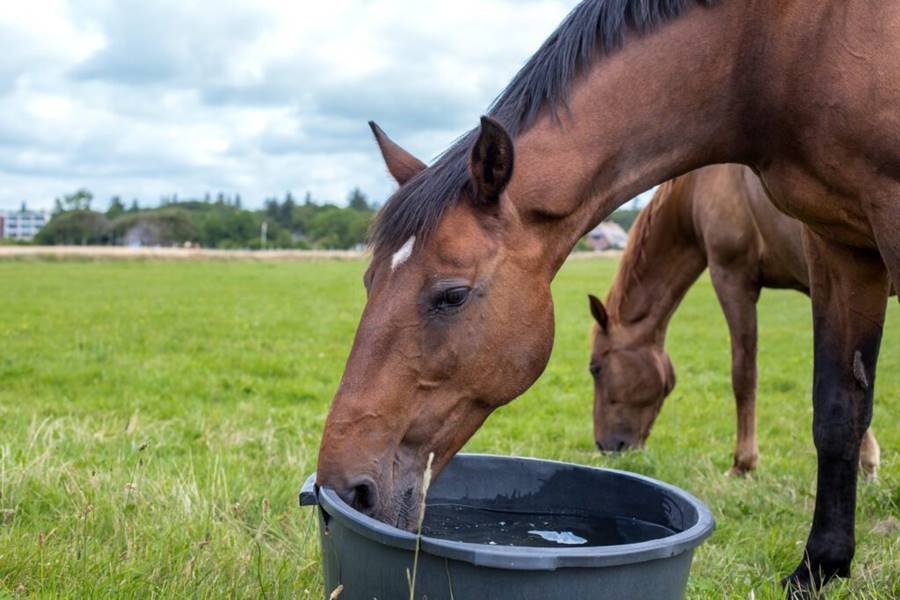As a horse owner, providing the right nutrition is one of the most important aspects of caring for your horse.
Proper nutrition supports your horse’s health, performance, and overall well-being. When it comes to horse nutrition, two main categories of food come into play: forage and feed. Understanding the difference between these two options and knowing which is best for your horse’s specific needs is crucial.
In this article, we’ll explore the role of forage and feed in a horse’s diet, their benefits, and how to determine which option is best for your horse.
What is Forage?
Forage refers to the fibrous plant material that horses naturally graze on. It is typically made up of grasses, hay, and pasture. Forage is a critical part of a horse’s diet, as it provides essential fiber that supports digestive health and mimics the horse’s natural grazing behavior.
Forage is rich in fiber, which helps promote healthy gut function and prevents digestive problems like colic or impaction. It also provides the necessary nutrients and minerals that horses need for energy and overall health. The most common types of forage include:
- Hay: Dried grasses or legumes (such as alfalfa) that are cut and stored for feeding when fresh pasture is not available.
- Pasture: Fresh grass that horses graze on in fields or paddocks.
- Grass or Legume Hay: The nutritional content of hay can vary depending on the type of plant, such as timothy hay, meadow hay, or alfalfa hay.
Horses are natural grazers, and they require constant access to forage to meet their nutritional and behavioral needs. Grazing not only provides essential nutrients but also helps keep the horse mentally stimulated, reducing boredom and stress.
What is Feed?
Feed, on the other hand, refers to concentrated grains, pellets, or supplements that are added to a horse’s diet to meet specific nutritional requirements. While forage provides the bulk of a horse’s diet, feed is often used to supplement it when additional nutrients or calories are needed.
Horse feed typically comes in different forms, including:
- Grain-based feeds: These are high-calorie feeds made from grains such as oats, corn, barley, or wheat.
- Pellets: Compressed feed that often includes a combination of grains, vitamins, and minerals.
- Supplements: These are added to the diet to provide specific nutrients that may be lacking in a horse’s regular forage, such as vitamins, minerals, or amino acids.
Feed is often used for horses that have increased energy demands, such as performance horses, pregnant or lactating mares, or those that need to gain weight. Feed can also be used to address specific dietary deficiencies when high-quality forage alone doesn’t meet all of the horse’s nutritional needs.
Forage: The Foundation of a Horse’s Diet
Forage should make up the majority of a horse’s daily intake—typically around 1.5 to 2 percent of its body weight in dry matter. For example, a 1,000-pound horse should consume at least 15 to 20 pounds of forage each day to maintain optimal health.
The reason forage is so important is that it provides the fiber necessary for proper digestion. Horses’ digestive systems are designed to process large amounts of fiber from grasses and hay, which helps to maintain gut health and prevent conditions like colic. Additionally, chewing fibrous forage promotes saliva production, which is beneficial for overall oral and digestive health.
In the wild, horses graze for many hours each day. When kept in captivity, horses need access to forage at all times, whether in the form of pasture or hay, to mimic their natural behavior and prevent boredom.
Feed: When and Why to Use It
While forage should be the primary source of nutrition for horses, there are situations where additional feed is necessary. Here are some reasons you might need to supplement your horse’s diet with feed:
- Increased Energy Requirements: Horses that engage in heavy exercise or competition, such as racehorses or event horses, may need more energy than they can get from forage alone. A higher-calorie feed is used to meet these needs.
- Weight Management: Horses that are underweight or need to gain weight might benefit from added feed that is high in calories.
- Nutritional Deficiencies: If your horse’s forage doesn’t provide sufficient vitamins, minerals, or other nutrients, you might need to add a balanced feed or supplement to fill these gaps.
- Special Health Conditions: Some horses with specific health conditions, like metabolic disorders or digestive issues, may require specialized feeds or supplements.
When using feed, it’s important to ensure it complements the forage in your horse’s diet, not replaces it. Overfeeding grain-based feeds can lead to digestive problems, obesity, or other health issues. Consult with your veterinarian or an equine nutritionist to determine the right type and amount of feed for your horse’s specific needs.
Which is Best for Your Horse?
The answer to this question depends on your horse’s age, activity level, health, and overall nutritional needs. In most cases, forage should be the primary focus of your horse’s diet, as it provides the fiber and essential nutrients necessary for good health.
Feed can be used as a supplement when your horse requires additional energy, weight gain, or specific nutrients that are not sufficiently provided by forage alone. For horses that are inactive or have a lighter workload, a forage-based diet may be all they need to maintain health.




